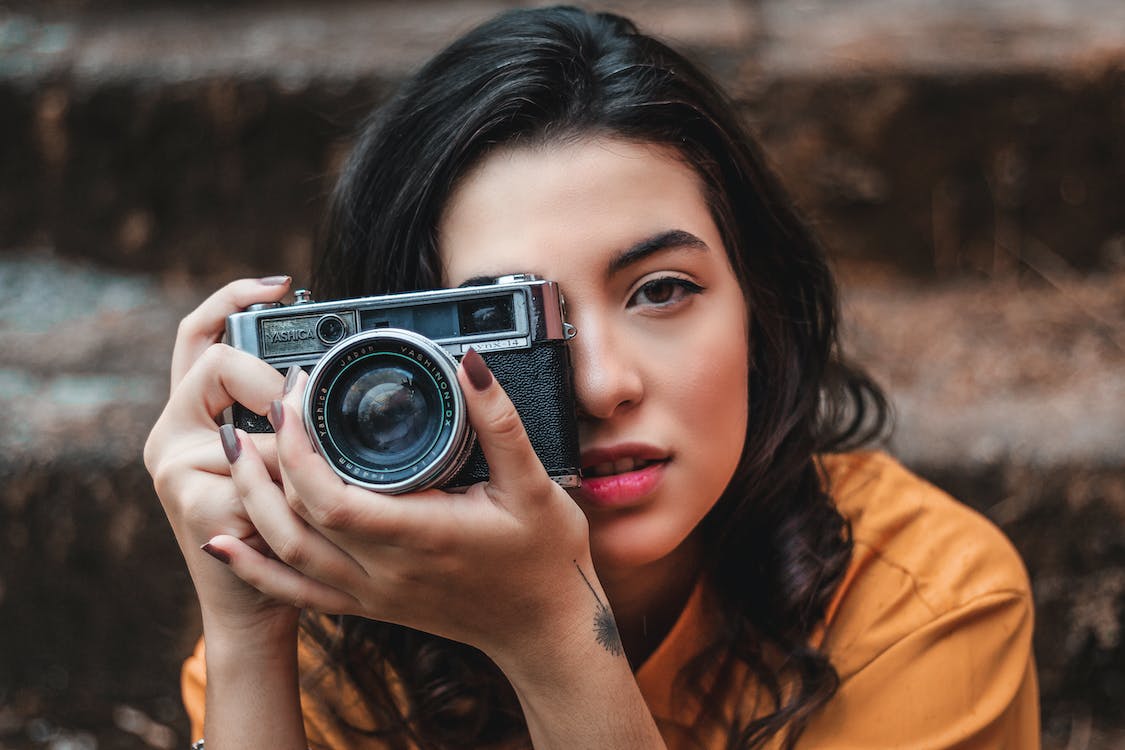How Do I Print My Name on My Acting Headshot?
As an actor, your headshot is one of your most important marketing tools. It’s often the first impression casting directors, agents, and others in the industry will have of you. A clean, professional headshot can help you stand out, and one of the key elements is your name. Printing your name on your headshot is not only practical but can also elevate your image as a professional. In this article, we will explore how to properly print your name on your acting headshot.
1. Choosing the Right Font
The font you choose to print your name should reflect your personality and be legible. Opt for a classic, easy-to-read typeface. Serif fonts (such as Times New Roman) and sans-serif fonts (like Arial or Helvetica) are both good choices. Keep in mind that while artistic fonts can be fun, they may not convey the professional tone you want to project. Your name should be clear and stand out without distracting from the image itself.
2. Positioning Your Name
The most common placement for your name is at the bottom of the headshot. This allows the focus to remain on your face while still giving important details. You can also choose to place your name at the top, but this may not be as traditional. It’s important to consider the layout and ensure your name doesn’t overpower your image.
Some actors also choose to add additional details under their name, such as their acting credits, agency name, or website. However, for a clean and minimalist look, sticking to just your name is often best. If you do include extra information, make sure it’s in a smaller font.
3. Size of the Text
When determining how large your name should be, aim for a balance. Your name should be visible but not too large that it distracts from your photo. Typically, the name will be printed in a font size large enough to be legible when the headshot is printed in standard 8×10 format.
For a standard headshot, your name should be between 18–30 points in font size, depending on the font used. Be sure to adjust based on the length of your name, as a shorter name might need a slightly larger font than a longer one.
4. Contrast and Color
Your name should be easy to read against the background of your headshot. The contrast between your text and the background is key. If your headshot has a light background, choose a dark color for your name, such as black or dark gray. For darker backgrounds, a light color like white or light gray is ideal.
Avoid using multiple colors or neon shades, as they can be distracting. Keep it simple with one solid color that ensures clarity and professionalism.
5. Printing Options
Once you’ve designed your headshot with your name in place, you’ll need to decide how you want to print it. Many photographers offer professional printing services that ensure high-quality results. You can also use online services, where you can upload your digital headshot and choose the exact size, paper, and finish you want.
If you’re printing your headshot at home, use high-quality photo paper for the best results. Make sure your printer is calibrated and set to high resolution to ensure the image remains crisp and professional-looking.
6. Digital vs. Physical Headshots
With the rise of online casting platforms, digital headshots have become increasingly important. If you’re submitting your headshot online, you can add your name using photo-editing software like Adobe Photoshop or Canva. Just ensure the file is high-resolution so it looks sharp when submitted.
For physical headshots, make sure they are printed and cut properly, so your name is aligned and neat. It’s also worth noting that some casting directors prefer headshots without printed names, as they want to focus on the actor’s appearance and not any added text. It’s always a good idea to check submission requirements before sending out your headshot.
Conclusion
Printing your name on your acting headshot is a crucial part of presenting yourself professionally in the entertainment industry. By choosing the right font, positioning, and color, and ensuring proper printing quality, you can create a headshot that not only highlights your look but also reinforces your identity as a serious actor. Take the time to get this detail right—it’s an investment in your future career.




